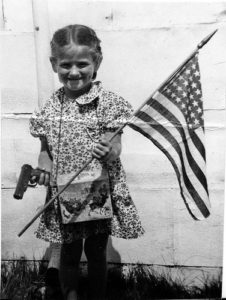
Image courtesy of Flickr.
The perception of Firearms, as a social object in the North America, changed as a direct result of the changing lifestyles in the United States between 1850 and 1950. What was once a tool necessary for protection and sustenance had become a device of the sport which attributed to the creation of the modern day American sportsman. The use of firearms reflected the childhoods of the United States as children became more involved in the shooting sports encouraged by influential figures such as Annie Oakley and Davy Crockett. These individuals helped to drive the interest of young peoples in becoming outdoorsman and sportsman. Another driving factor in the change in perception of firearms was the major socio-economical changes that occurred as a result of the industrialization of the late 19th and early 20th century. Accessibility, affordability and the growth of material culture in the US have had substantial effects on the number of firearms in public possession. Advertisements skillfully attacked boys and men alike offering an option for everyone in the family. Being that materialism in the United States was dominated by middle to upper-class whites, firearm ownership was most prominent among the white population of the country. The distribution of the white population, being more dominant in the northern portion of the country, contributed a dominance in distribution throughout these areas. African-American children had limited access to firearms, the land on which to use them, and the social and economic means to acquire them. In conclusion, changing notions of firearms in North America offer valuable insights into material culture, racial inequalities, and population distribution across the country.
